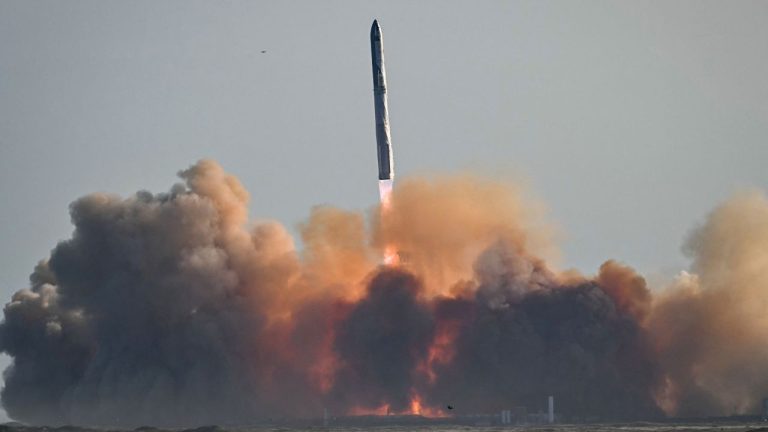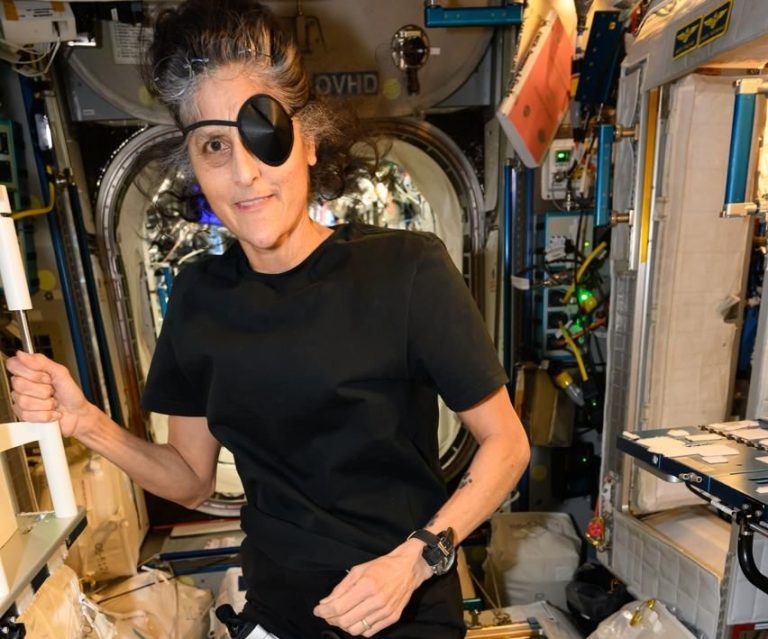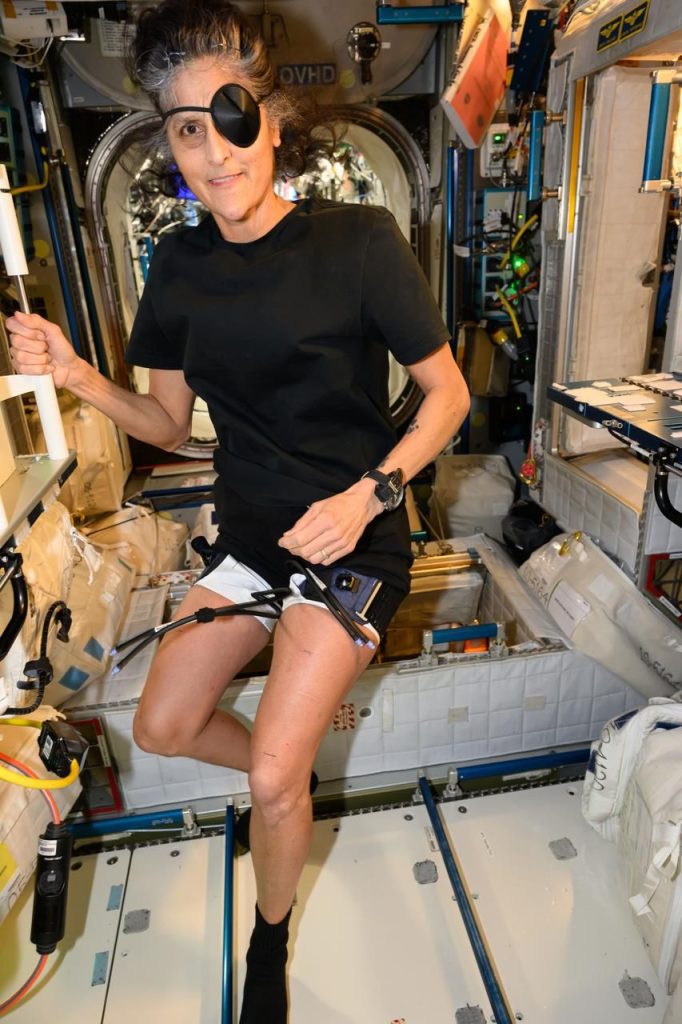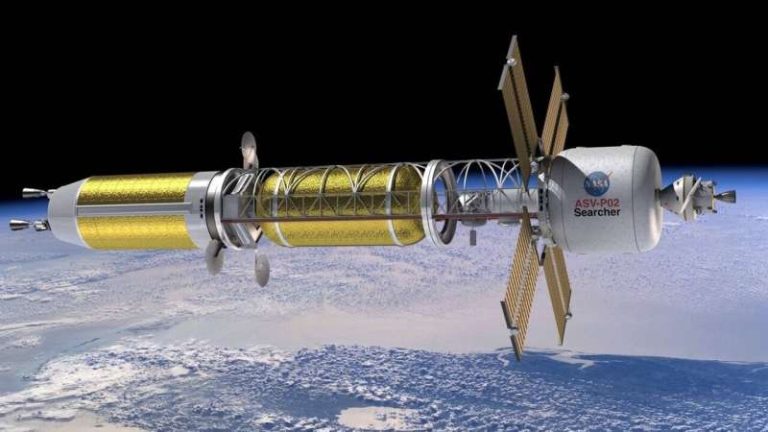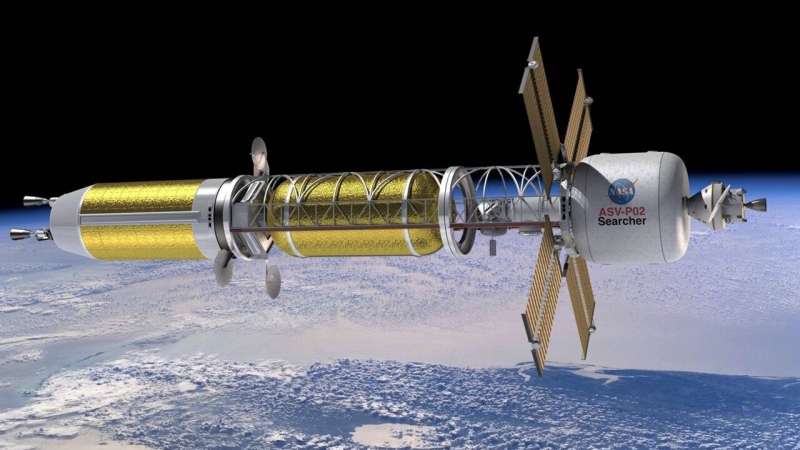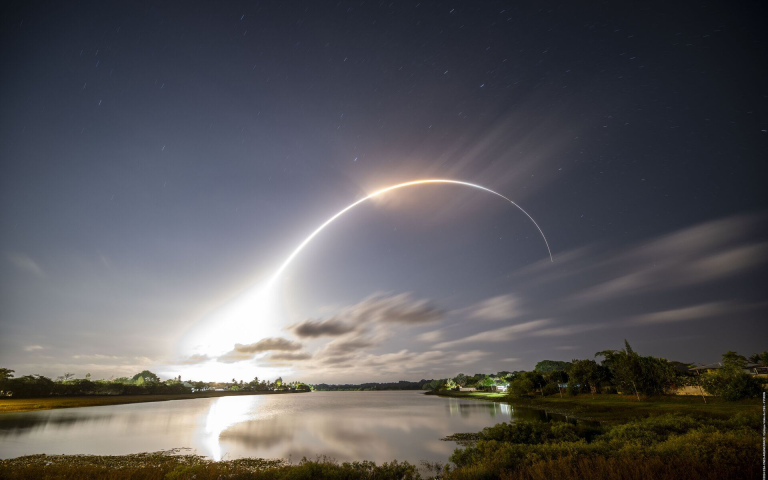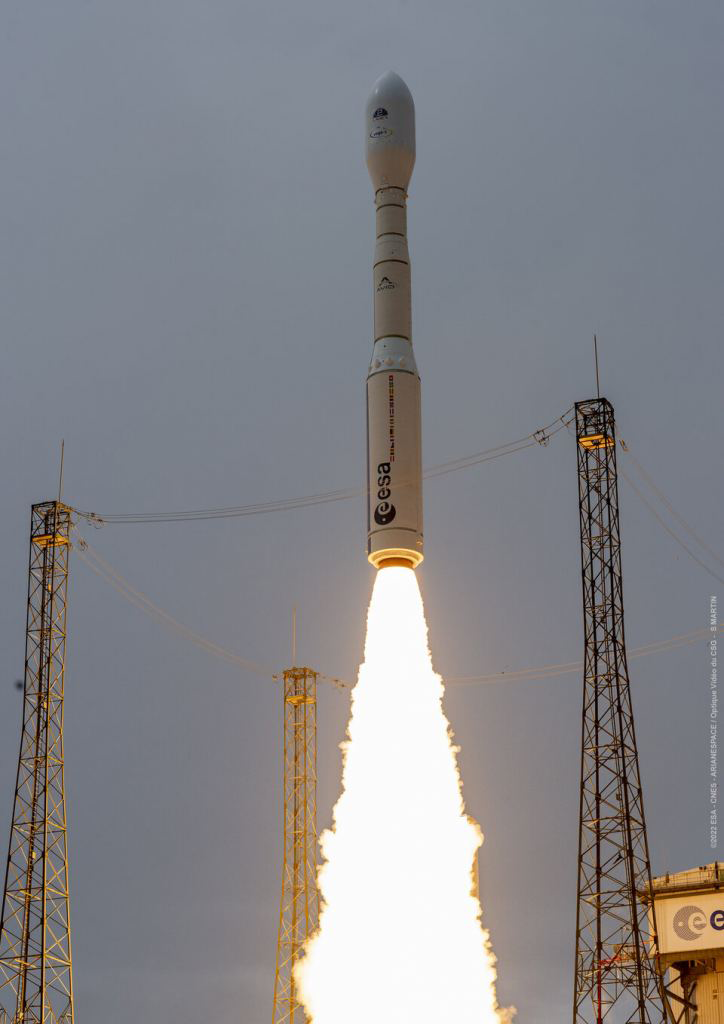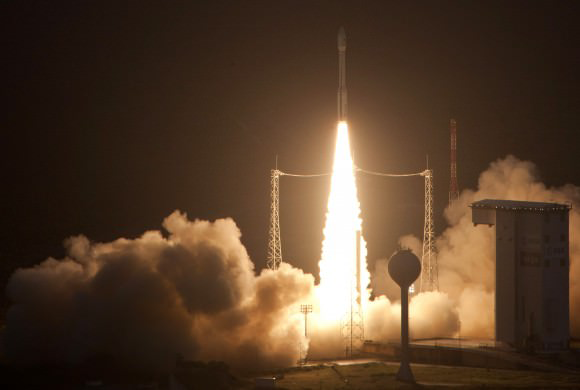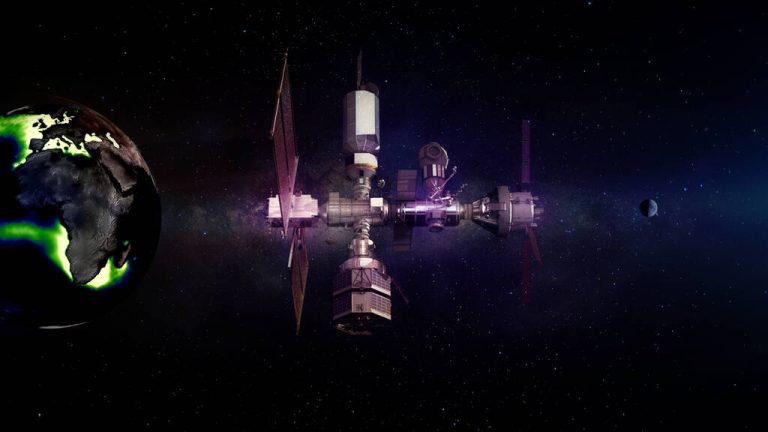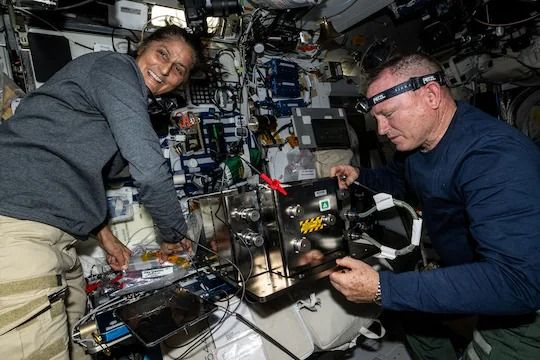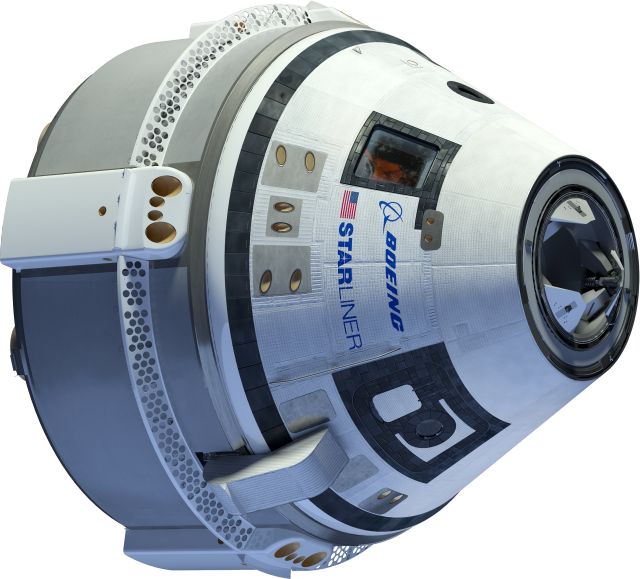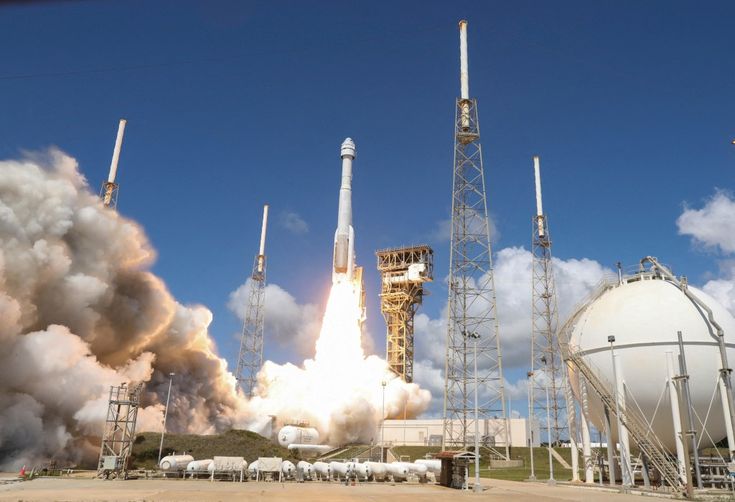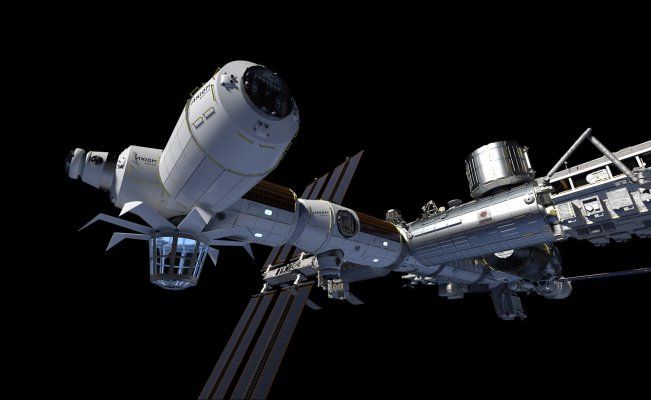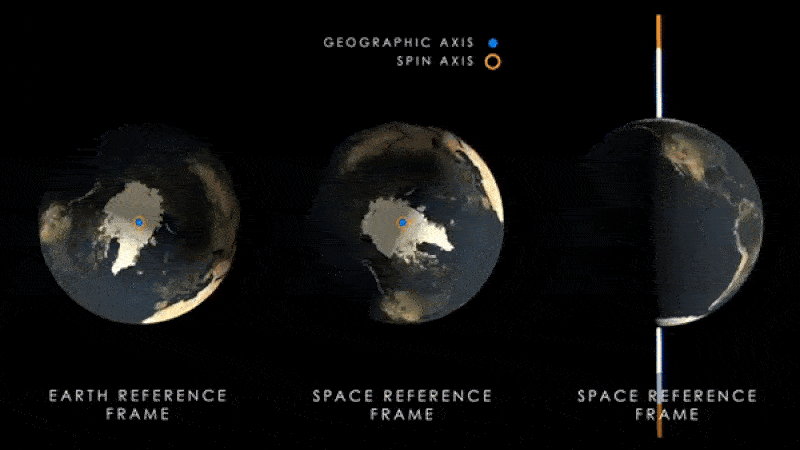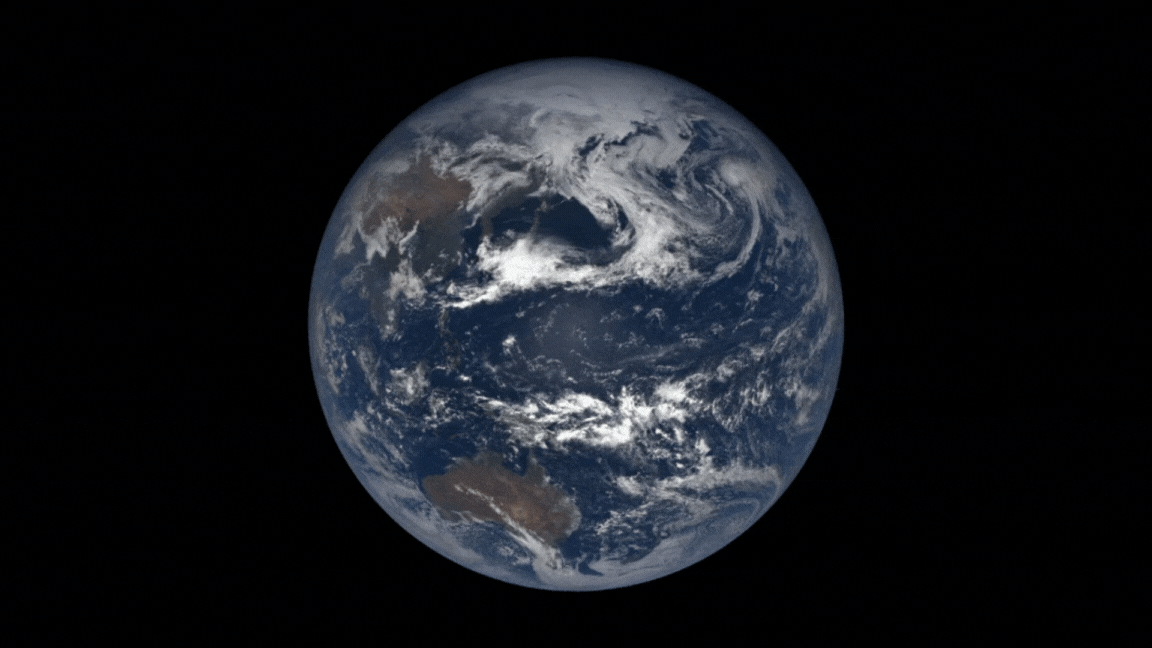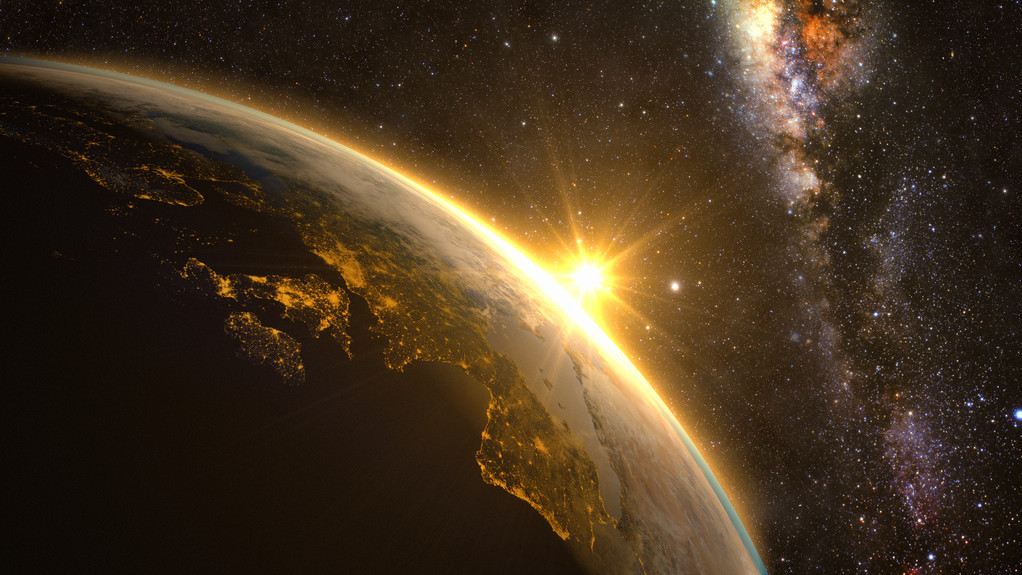SpaceX Successfully Launches Sixth Starship Without Booster Recovery
On November 19, SpaceX successfully launched its Starship vehicle on the sixth test flight. However, unlike previous launches, the company did not recover the Super Heavy booster. Instead, the booster performed an offshore divert and landed in the Gulf of Mexico, ultimately tipping over and exploding. Despite this, the mission was still considered a success as Starship was placed on a suborbital trajectory, tested key engine capabilities, and made a successful reentry, though with minor damage to its thermal protection system. SpaceX also plans to incorporate improvements in future launches, particularly in the areas of vehicle design and recovery systems.
Summary
- Launch Details: SpaceX launched Starship’s sixth test flight from Starbase, Boca Chica, Texas, on November 19.
- Launch Window: The liftoff took place at 5:00 PM Eastern, with no reported issues during the countdown.
- Booster’s Failure: The Super Heavy booster (Booster 13) was initially intended for recovery at the launch site but was diverted offshore after about three minutes.
- Booster’s Final Fate: The booster landed in the Gulf of Mexico and exploded shortly after tipping over.
- Starship’s Success: Despite the setback with the booster, the Starship upper stage successfully reached suborbital trajectory.
- Reentry Testing: The Starship performed a reentry over the Indian Ocean, with the company purposefully stressing its systems to evaluate the vehicle’s limits.
- Flap Damage: Starship sustained minor damage to its flap and thermal protection systems.
- Splashdown: The vehicle made a powered soft landing in the ocean and was seen floating on its side in daylight, allowing for better video coverage.
- Future Upgrades: SpaceX plans to stretch the Starship for larger propellant tanks and improve its thermal protection systems for future missions.
- Flight License: SpaceX was able to conduct this test flight just over a month after the previous one without needing modifications to its Federal Aviation Administration (FAA) license.
Introduction
SpaceX’s Starship program continues to push boundaries with its ambitious goals for space exploration. On November 19, SpaceX launched the sixth test flight of its Starship/Super Heavy vehicle, marking a significant moment in the development of the next-generation spacecraft. However, this launch was not without its challenges. While Starship’s upper stage achieved its mission objectives, the Super Heavy booster was not recovered as planned, ending the mission with a setback. Despite this, SpaceX’s ability to test key systems and collect valuable data for future launches proves that the company is making significant strides in its quest to create a reusable, fully integrated spacecraft for missions to the Moon, Mars, and beyond.
SpaceX’s Starship/Super Heavy vehicle, also known as Starship, took off from SpaceX’s Starbase test site in Boca Chica, Texas. The launch occurred at the opening of a 30-minute window at 5:00 p.m. Eastern, and everything went smoothly during the countdown. Among those in attendance was President-elect Donald Trump, who has maintained a close relationship with SpaceX CEO Elon Musk. The event was a significant milestone for SpaceX, not just because of the launch itself, but also due to the high-profile nature of the occasion.
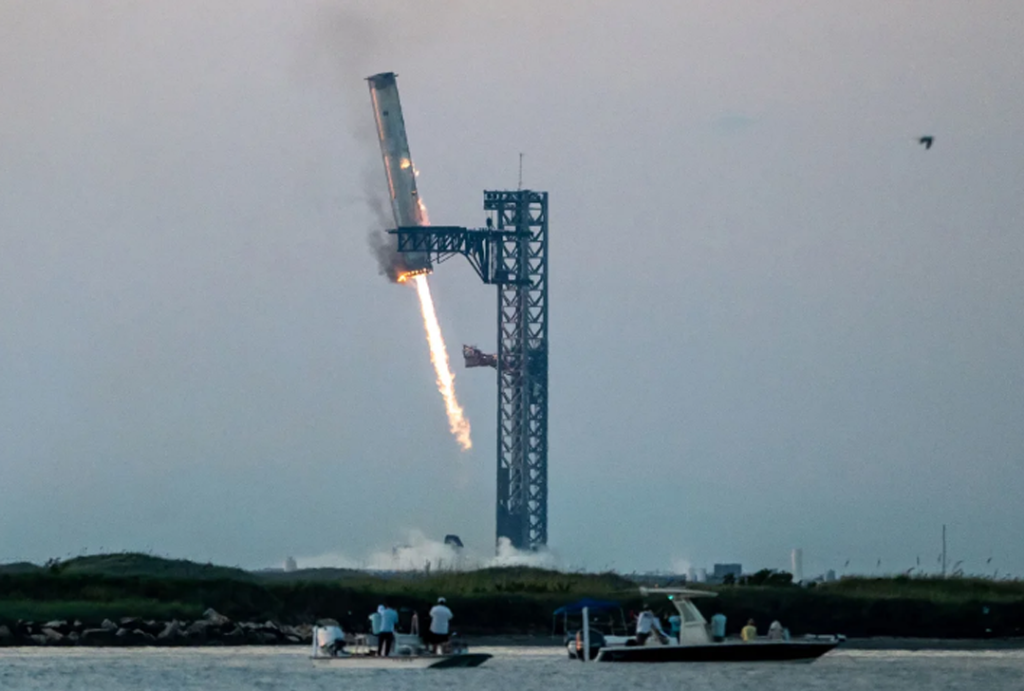
Following a successful liftoff, the Super Heavy booster, designated Booster 13, separated from the Starship upper stage approximately 2 minutes and 45 seconds after launch. The booster then began its return to the launch site, where SpaceX had planned for it to land. However, just over a minute later, SpaceX engineers announced a “booster offshore divert,” indicating that the booster would not be returning to the launch pad. Instead, the booster made a powered landing in the Gulf of Mexico, just offshore of the launch site. Moments later, the booster tipped over and exploded.
This marked a minor setback for SpaceX, especially following the success of the previous flight on October 13, when the company was able to successfully “catch” the Super Heavy booster back at the launch tower. Despite the booster’s failure to land as planned, the mission was still considered a success due to the Starship upper stage’s ability to complete its objectives.
While the Super Heavy booster failed to land, the Starship upper stage (Ship 31) successfully reached a suborbital trajectory. This achievement was a critical step in SpaceX’s testing program, as it demonstrated that Starship’s propulsion system and overall design were capable of reaching the necessary velocity to enter space. During the flight, SpaceX engineers also performed a test by reigniting one of Starship’s Raptor engines, a critical maneuver for deorbit burns on future missions.
Before the launch, SpaceX had announced that it would be intentionally stressing the limits of the vehicle during the reentry phase. This was done to test the vehicle’s systems and understand how much they could handle in extreme conditions. SpaceX’s Kate Tice, one of the hosts of the webcast, stated, “Do not be surprised if this is not a smooth flight to splashdown today. We are intentionally looking for how far we can push and discover the vehicle’s true limits as we plan for future ship return and catch.”
Starship performed reentry over the Indian Ocean, with the vehicle experiencing some damage to a flap and other parts of the thermal protection system. SpaceX had specifically used an older version of the thermal protection system than the one used in previous flights, another test of the spacecraft’s durability. Despite the damage, Starship survived the reentry and ultimately made a soft landing in the ocean. The successful splashdown took place 65 and a half minutes after liftoff, with the vehicle floating on its side in the daylight hours, allowing for better video coverage of the return.
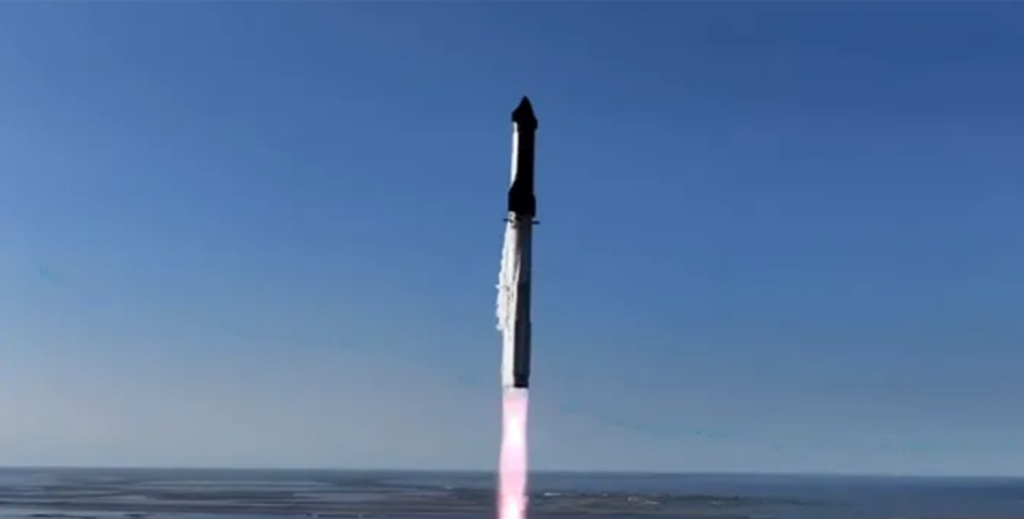
SpaceX is already planning upgrades to the Starship system for future flights. The company plans to stretch the upper stage of the vehicle to accommodate larger propellant tanks, which will allow for more fuel to be carried on future missions. This will increase Starship’s payload capacity from 1,200 tons to 1,500 tons. Additionally, the design of the vehicle’s forward flaps, used for controlling the vehicle during reentry, will be adjusted. These new flaps will be smaller and placed in a different location to provide better protection against the heat of reentry.
One of the significant upgrades in future flights will involve improving the vehicle’s thermal protection system. SpaceX intends to make modifications to Starship’s heat shields and thermal protection tiles, addressing some of the issues observed during this flight. The company is working toward making the system more robust, ensuring that Starship can handle the extreme heat of reentry during deep-space missions, such as those planned for the Moon and Mars.
FAA Launch License
SpaceX was able to launch this test flight just over a month after the previous one because it did not need to modify its Federal Aviation Administration (FAA) license. The license issued by the FAA for the fifth flight also covered this mission. The limited changes to the vehicle for the sixth test flight were deemed to be within the scope of what had already been analyzed and approved by the FAA.
Facts
- SpaceX’s goal is to develop Starship as the most powerful rocket in history, capable of carrying both crewed and uncrewed missions to Mars.
- The Super Heavy booster, which is designed to provide the necessary thrust for Starship’s missions, is powered by Raptor engines.
- The name “Starship” refers not just to the upper stage of the vehicle but to the entire system, which includes the Super Heavy booster and the upper stage.
- SpaceX has been working on the Starship program for several years, with initial tests starting as early as 2019.

